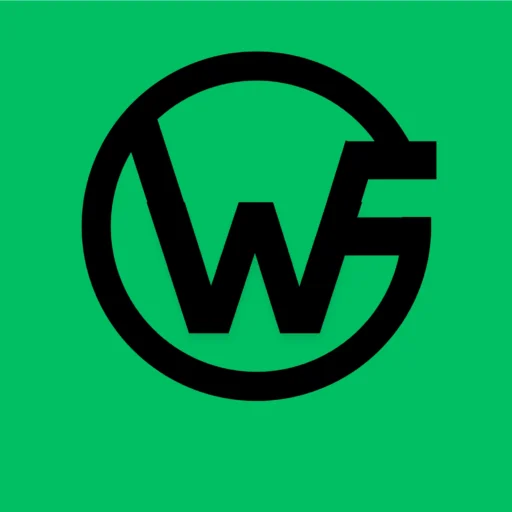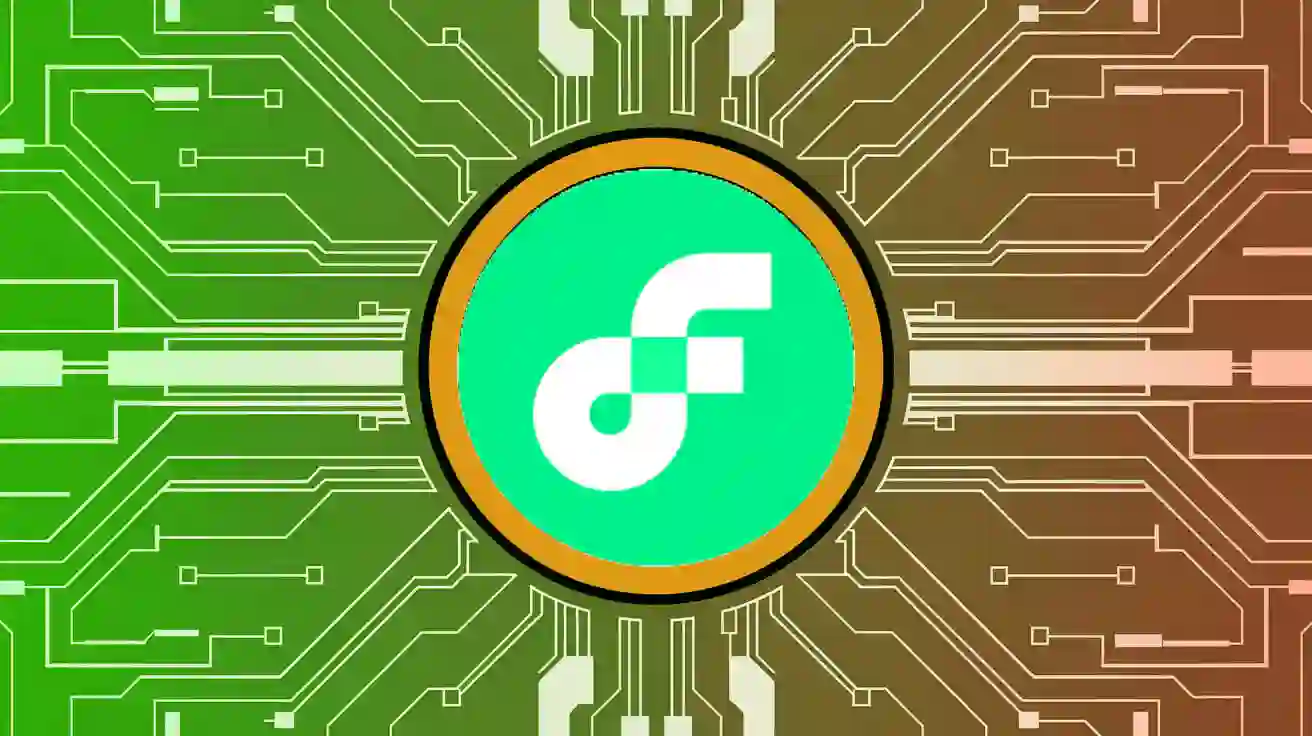Blockchain technology has paved the way for decentralized digital experiences, with NFTs (non-fungible tokens) gaining massive popularity. One blockchain in particular, Flow, has emerged as a leading choice for NFT marketplaces and crypto-based gaming. Developed by Dapper Labs, Flow was designed to tackle the limitations of traditional blockchains like Ethereum and provide a seamless experience for large-scale applications.
The Genesis of Flow: Solving a Problem
The idea for Flow originated when CryptoKitties, one of the earliest NFT projects, overwhelmed the Ethereum network in 2017. Due to Ethereum’s congestion and high fees, transactions became slow and expensive, highlighting the need for a blockchain optimized for NFT interactions and gaming. Instead of waiting for Ethereum to scale, Dapper Labs took matters into its own hands and built Flow, a blockchain specifically designed for digital collectibles and interactive experiences.
What is Flow?
Flow is a next-generation blockchain designed to scale without using sharding techniques. It enables fast and low-cost transactions, making it ideal for decentralized applications (dapps) like NFT marketplaces and blockchain games. Unlike traditional blockchains that struggle with scalability, Flow introduces an innovative multi-role architecture that improves efficiency without compromising security.
Dapper Labs initially developed Flow for its own projects, such as NBA Top Shot, but the blockchain is open for other developers to build on as well. Many leading brands and developers have already adopted Flow, helping to expand its ecosystem rapidly.
How Does Flow Work?
Flow uses a proof of stake (PoS) consensus mechanism, requiring validators to stake FLOW tokens to participate in network validation. However, what sets Flow apart is its unique approach to transaction validation. Instead of having all nodes perform every task, Flow separates the validation process into four specialized node types:
- Consensus Nodes – Ensure the network reaches agreement on transactions.
- Verification Nodes – Double-check the work done by execution nodes.
- Execution Nodes – Perform the heavy computation for transactions.
- Collection Nodes – Enhance network efficiency by organizing transactions before processing.
By distributing tasks across different nodes, Flow maximizes efficiency without the need for sharding. This approach ensures that transactions remain atomic, consistent, isolated, and durable (ACID)—critical for creating seamless and interconnected dapps.
Flow is split into FOUR node types to achieve dramatic improvements in speed and throughput
1️⃣ Collector Nodes increase efficiency
2️⃣ Execution Nodes enable speed and scale
3️⃣ Verifier Nodes guarantee correctness
4️⃣ Consensus Nodes ensure decentralizationhttps://t.co/8zFlufRONm pic.twitter.com/7FJoEKSi7K— Flow (🎁+🔑) (@flow_blockchain) December 6, 2020
Additionally, Flow introduces upgradeable smart contracts, allowing developers to deploy contracts in a “beta” phase and update them before finalizing. This prevents issues related to irreversible smart contracts and ensures more flexibility for developers.
What Makes Flow Unique?
Flow stands out as a blockchain purpose-built for digital collectibles and gaming. Its advantages include:
- High Scalability – Flow can handle thousands of transactions per second without compromising security.
- No Sharding – Unlike other blockchains that use sharding to scale, Flow’s unique multi-node architecture maintains transaction integrity and developer flexibility.
- Mainstream Adoption – Flow has already been adopted by major brands such as NBA, UFC, CNN, Ubisoft, and Warner Music Group.
- Developer-Friendly Ecosystem – Flow provides built-in tools, making it easier for developers to build and launch their own applications.
Flow’s Biggest Success: NBA Top Shot
One of Flow’s most notable success stories is NBA Top Shot, a blockchain-based collectibles platform featuring officially licensed NBA highlight moments. Users can buy, sell, and trade these digital collectibles, similar to trading physical sports cards. Since its launch, NBA Top Shot has generated hundreds of millions of dollars in sales, demonstrating Flow’s potential for large-scale adoption.
Other Projects on Flow
Beyond NBA Top Shot, several high-profile projects have joined the Flow ecosystem:
- UFC Digital Collectibles – Bringing unique moments from the UFC to blockchain.
- VIV3 NFT Marketplace – An NFT platform that allows artists and creators to sell digital assets.
- Rarible Integration – The Ethereum-based NFT marketplace announced plans to support Flow-based NFTs.
- Dapper Labs’ Upcoming Projects – More collectibles and games are in development, expanding the Flow ecosystem further.
How to Get Involved with Flow
As a user, you can start interacting with Flow by purchasing NFTs on platforms like NBA Top Shot or exploring the VIV3 marketplace. Developers can experiment with Flow’s tools and begin building their own decentralized applications.
Remember this dunk? 😳
This Moment is the exclusive reward for the Rising Stars Challenge 1, which ends Tuesday, March 30 at 10am PT ⏰
Collect all 9️⃣ required Moments & score yourself this monster of a poster Moment from Anthony Edwards🔨
More info: https://t.co/Rkg3ropdV1 pic.twitter.com/HDIQdT7KN7
— NBA Top Shot (@NBATopShot) March 10, 2021
Where to Buy FLOW Tokens
FLOW, the native cryptocurrency of the Flow blockchain, was first made available in October 2020 via CoinList. However, the token was not accessible to users in the United States and Canada at launch, and many initial tokens were locked for a year. Currently, FLOW tokens are available on select exchanges like Kraken and Huobi, though they are not yet listed on major platforms like Binance or Coinbase.
The Future of Flow
The explosion of NFT adoption in late 2020 and early 2021 positioned Flow as one of the most promising blockchains in the space. With increasing developer interest and major brands entering the ecosystem, Flow has the potential to become the go-to blockchain for NFTs and crypto-based gaming.
🌊Flow developer ecosystem update🌊
Another week of amazing dev ecosystem uptake, with 30% week-over-week growth in developers & teams interested in building on Flow#BuildOnFlow https://t.co/GiqUGT3zlJ
— Flow (🎁+🔑) (@flow_blockchain) March 16, 2021
Additionally, Dapper Labs continues to enhance Flow’s infrastructure. In June 2021, the company launched FUSD, the first U.S. dollar-backed stablecoin on Flow, enabling more seamless transactions and financial applications.
Beyond NFTs: A Blockchain for Open Worlds
Dapper Labs envisions Flow as more than just an NFT blockchain. The company describes Flow as the “blockchain for open worlds”, meaning it aims to support immersive and expansive gaming experiences beyond just digital collectibles. With its ability to scale efficiently and support complex applications, Flow could become a foundation for the next generation of blockchain-based virtual worlds.
Conclusion
Flow has quickly risen as a powerhouse blockchain for NFTs and gaming, offering a scalable and developer-friendly alternative to traditional networks like Ethereum. With major successes like NBA Top Shot and a growing list of partners, Flow is poised to shape the future of digital collectibles, interactive experiences, and beyond. As blockchain technology evolves, Flow’s role in driving mainstream adoption of NFTs and decentralized applications will likely continue to expand.



